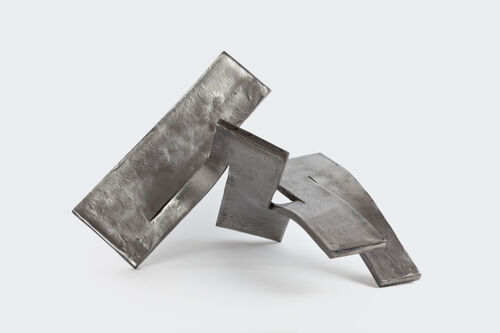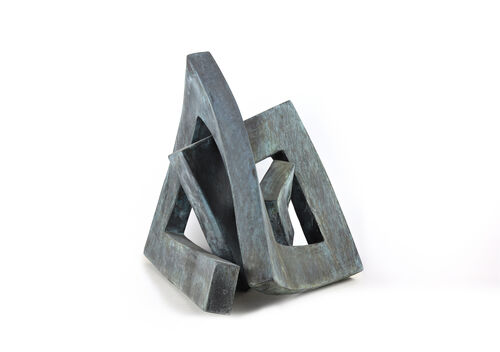Spending a beautiful day at the beach and splashing around in the sea? Until the 18th century, this hardly occurred to anyone. The great sea was considered scary and dangerous. Only those who had to venture out onto the waves for professional reasons, such as fishing, chose to go into the sea. It was not until around 300 years ago that a bathing culture developed − initially for the aristocracy and the rich − as doctors advised them on the health-promoting effects of salt water. Brighton, an English fishing village on the English Channel, was one of the first seaside resorts and is now the largest in the United Kingdom. With the exhibition See the Sea, the Brighton Museum & Art Gallery traces the development and diversity of marine painting from the 16th century onward. Dramatic depictions of storms and waves and romantic beach scenes at sunset − the sea inspired generations of artists to create a wide variety of paintings. The museum will be showing a selection of these from July 22, 2023 to May 31, 2024.
The bathing culture and also marine and sea painting experienced its peak in the 19th century. Romantic painters in particular used the sea to convey emotions or demonstrate the vastness and power of nature. In the early 20th century, marine painting lost its importance due to photography and the new types of steamships, and sea battles also became a thing of the past. Only a few painters, such as Ruskin Spear (1911 − 1990), shown in the exhibition, still devoted themselves to the sea from time to time - in this case focusing on vacation and relaxation on the sunny beach.















